Difference between Bourbon and Rye

The American style of distillation has developed over the centuries in various states, not just Kentucky or Tennessee. Each country has made various changes to the material, trying to take advantage of the particular environmental conditions to create a style and tradition that today are transversal and no longer unique to the individual country. Distilleries have multiplied especially after the end of Prohibition and the Second World War and many small craft distilleries are popping up almost everywhere. Nonetheless, a substantial difference can be underlined by looking at the various labels and is linked to the raw material that is used, i.e. the cereal which is subsequently fermented and distilled.
In the case of Bourbon, the Regulations provide the use of corn for at least 51% of the total, while the remainder may consist of varying percentages of other cereals, barley, rye or wheat.
Aging is for a minimum of two years in new and toasted American oak barrelsand the bourbon thus obtained can be called Kentucky Bourbon if it spends at least a year of aging in the state of Kentucky. Although Bourbon's origins date back to this country, today Bourbon can be produced in any corner of the United States, being considered a national heritage.
Discover the Bourbon Selection
Unlike Bourbon, the Rye Whiskey requires a percentage of at least 51% ryein the packaging of raw materials and provides the same refinement, or in new and toasted barrels. The rye Whiskey it is considered optimal in mixing but there are several capable of being appreciated even smooth or with the addition of water or ice.
Bourbon was born in Kentucky and from there it is exported throughout the United States: initially a local product, between the beginning of the twentieth century and then in great abundance during the Prohibition period, more and more individuals choose to distill in places isolated from the rest of civilization and then bring their creations into the city under cover of darkness. Stars and stripes distillation has never been a linear story but man has always had to deal with legal or social problems, making the Bourbon product even more intriguing.
Today, thanks also to an in-depth knowledge of the damage that alcohol and its abuse can cause, the distillation of Bourbon has been cleared through customs and many are dedicated to creating small-sized distilleries where the artisanal climate finds an ideal place. The particularity of Rye also lies in the antiquity with which rye was distilled and today many of these artisan distilleries are adding this cereal to the line of products from corn and barley, to celebrate a history as old as America and which has no fear of comparisons with other global competitors.
Although it is often used as an ingredient for many mixing preparations, the Rye is reaching remarkable organoleptic levels and smooth consumption is certainly not to be avoided: our site has a complete selection of Rye to face this splendid distillate with a smile, so different yet so familiar.
Discover the Selection of Rye


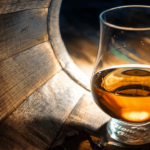
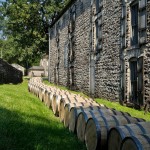
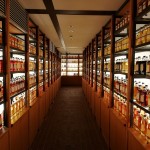
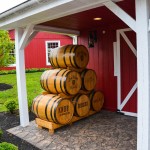
































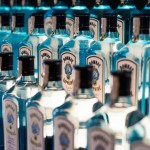
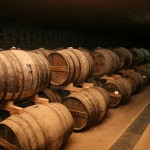
-150x150h.jpg)
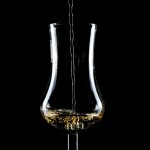


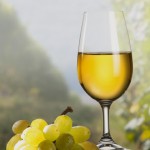

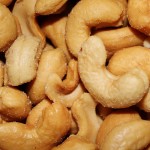

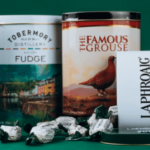
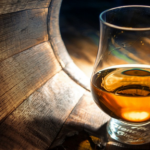
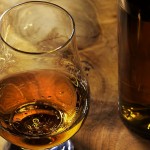


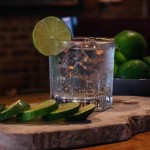
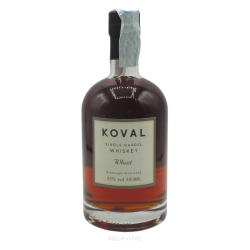
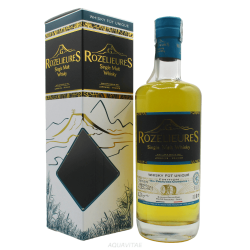
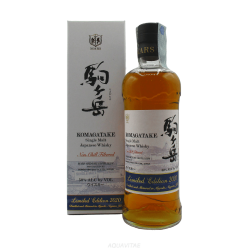
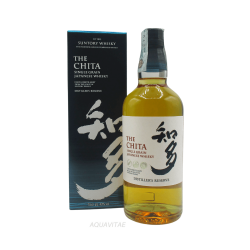
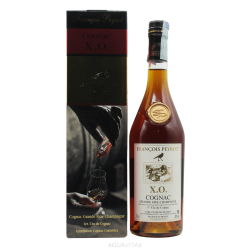
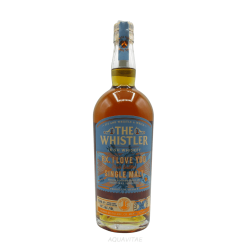
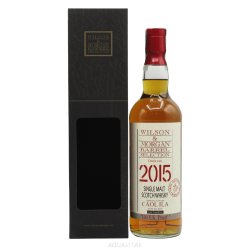
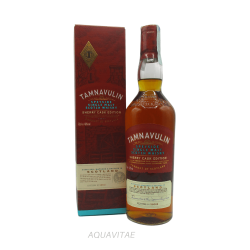
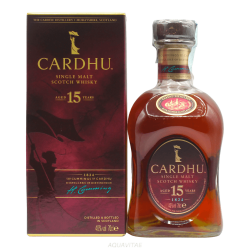
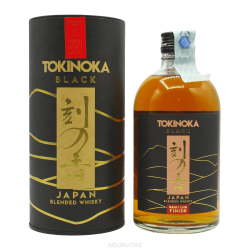



Leave a comment